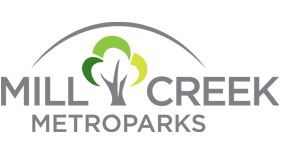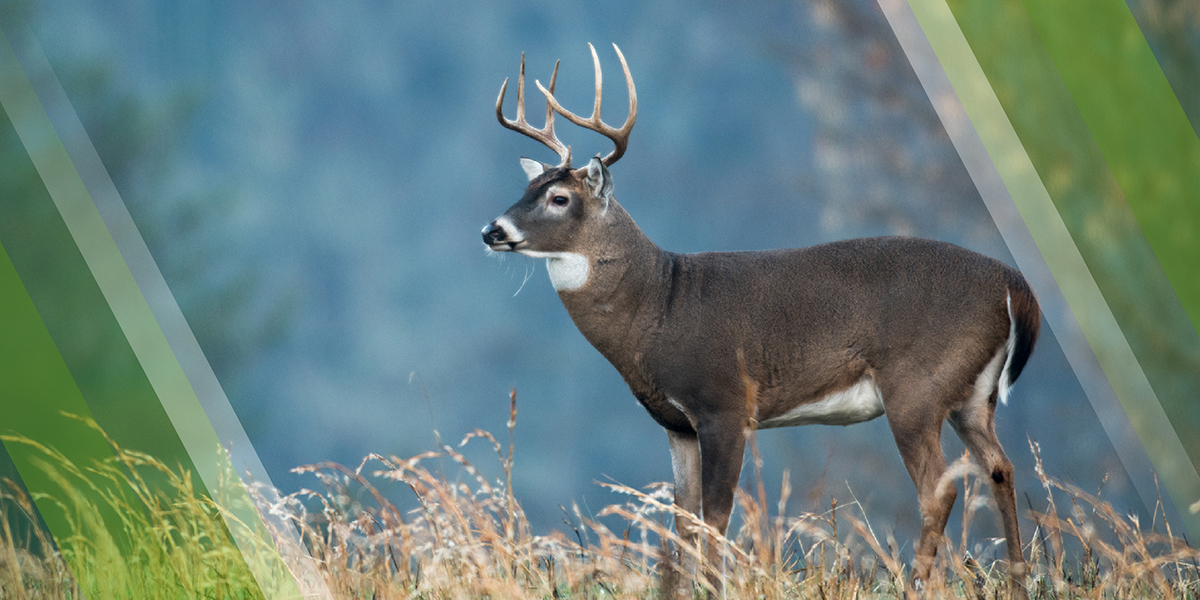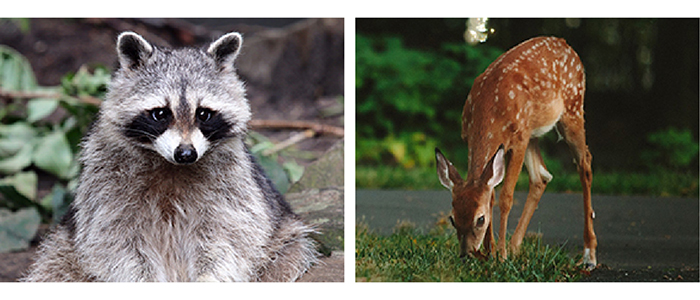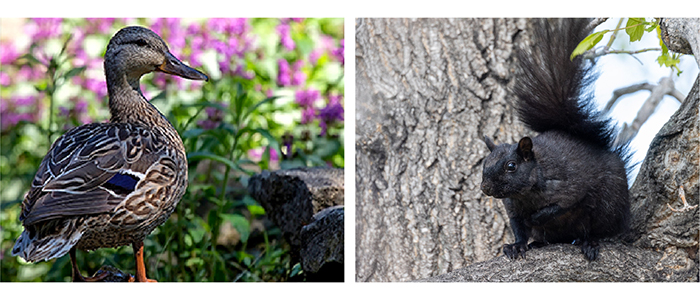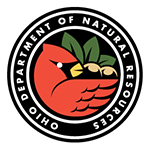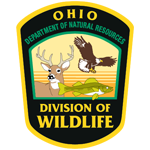HELP KEEP WILDLIFE WILD
Address & Phone
Natural Resources Department
at the Administration Office
7574 Columbiana-Canfield Rd.
Canfield, OH 44406
Phone: 330.702.3000
Fax: 330.702.3010
Hours
Monday – Friday
8 am – 3:30 pm
Closed Observed Holidays
Observed Holidays: Martin Luther King Day, Presidents Day, Memorial Day, Juneteenth, Independence Day, Labor Day, Columbus Day, Veterans Day, Thanksgiving, Day after Thanksgiving, Christmas Eve, Christmas, and New Year’s Day
Visitor Guides & Maps
Get the Mobile App
WHY SHOULD WE KEEP WILDLIFE WILD?
There are many reasons why it’s crucial to maintain the natural state of wildlife:
ARE YOU HARMING THE ANIMALS?
Every day many well-intentioned people harm wild animals by feeding them. This constant interference affects both the animals and people in negative ways.
FEEDING WILDLIFE CAUSES:
YOU CAN HELP
RESOURCES
For additional resources on keeping wildlife wild, visit the Ohio Department of Natural Resources.
